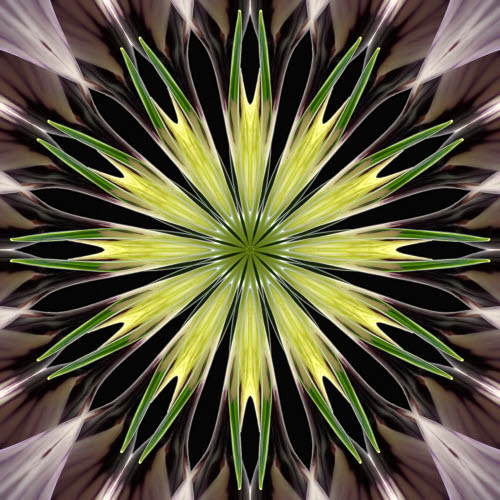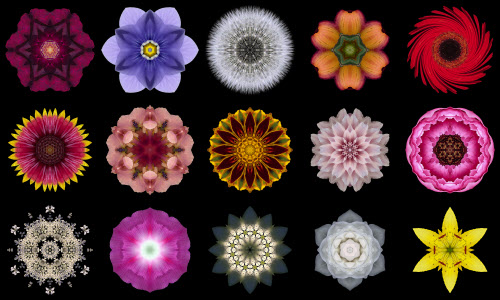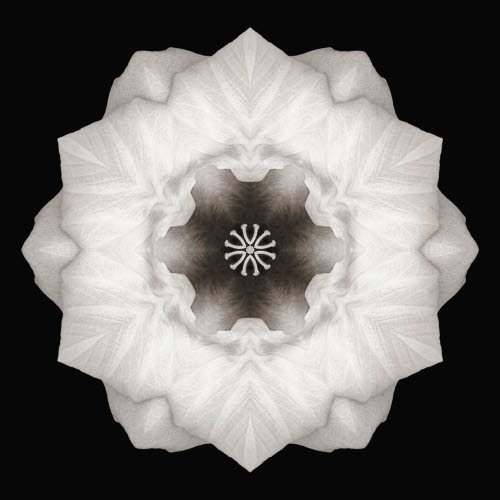
Crocus II
Several members of the Art, Healing, and Transformation group have expressed interest in the artistic process, as described by the artists themselves. So, this is a call to all you artists of all persuasions out there (you know who you are!) to let us know how you do what you do, and how it affects you.
As a rough model, I’m thinking, if anyone out there is old enough to remember, of the Paris Review series of interviews with writers on their writing processes. The magazine’s interviewers got down to the finest details of how the writers they interviewed thought about and felt about their work, and also the specifics of how they actually created it. For instance, if I recall correctly, George Simenon, the French mystery writer, wrote each of his books in about six weeks. He began by scratching out the rough outline on the back of a manila envelope, went to his doctor to see if he was physically up to the strain of a six-week writing marathon, then had people bring him in food, drink (and, it turns out, women) as he completed each of his more than 200 novels.
I begin, first, with selection. I look through the thousands of snapshots I’ve taken of flowers for ones that are in some way odd. Perhaps they are a little bedraggled, or maybe they are wet with dew, or the lighting on them throws strange shadows. I’ve found that these flowers produce more interesting mandala candidates than the many lovely shots I have of more perfect flowers. I think of them as “Ugly Duckling” flowers, and part of my task is to reveal their true natures.
I tend to work on a series of three or four mandalas at once. I open several shots of the same or similar flowers in my photo editor, then I take many pie-slice-shaped triangular cuts of the images and multiply them around, somewhat like a kaleidoscope, until I find myself saying, “Wow.” The “wow” effect is almost exactly the same as when I know I’ve shot a “keeper” in the Real World, only in this case my “camera” is the computer screen. I have an almost instantaneous sense of recognition, usually a feeling of excitement or enthrallment, sometimes a more specific feeling or association.
When I have a basic mandala form I like, I will look at several of the other mandala-candidate images I’ve created (I may have 40 or 50 open at once) and see if there are parts of them that enhance the original. I experiment with merging bits of the secondary images with the primary one. Often, what changes the most is the center. I’m aiming for some motion from the outside inward, or from the inside outward. I can’t really quantify how I get that feel, but I tend to know when I’ve achieved it. Here, the feeling is of internal peacefulness, of literally being centered.
When I have both the outside of the flower and the center basically the way I want it, I usually remove the background, replacing it with pure black, so that the flower mandala stands on its own. This is often a tedious, time-consuming process — and sometimes, as in the image at the top of this post, I leave some of the background in.
Once the background is complete, I experiment with slight modifications of hue, contrast, brightness, sharpness, focus, and other image enhancements, until finally I arrive at an image that feels whole and alive.
On each piece, I spend anywhere from a few hours at once to a sequence of several-hour sessions spread out over a couple of months. The experience, overall, is reminiscent of meditation.
My initial intent was to create all of these images in color, but I’ve experimented with black-and-white and sepia-toned images as well. With the color removed, the architecture of the images tends to emerge more fully.
As I’ve mentioned earlier, most of my mandala images have a hexagram at the center, and often a Star of David. My choice of the Star of David as the organizing shape for these mandalas was initially subconscious, but after I became aware of it, this choice became deliberate. In many traditions, the Star of David, composed of two overlapping triangles, represents the reconciliation of opposites — male/female, fire/water, and so on. Their combination symbolizes unity and harmony. Also, in Hebrew, the name “David,” my name, means beloved. I began creating these mandalas in a dark, unloved place, and I think one thing the work on them did for me was to provide a means to soothe and love myself. From this core of self-soothing and self-love came my desire, indirectly, to become a psychotherapist, which at its best is a job where I am paid to love people in a special, compassionate way that helps them find their own inner light and bring it out into the world.
So… that’s a bit about my process. I hope to hear from you, now, about yours, either as comments to this post or, better, as entries in the Art, Healing, and Transformation group, where you can discuss your process with other creators and appreciators of art.
Thanks for listening —
More anon,
– David
David J. Bookbinder, LMHC
Discussion:
Artistic Process presentations/discussions
Art, Healing, and Transformation group
Flower Mandalas Project group
Request a flower mandala screensaver: Fifteen Flower Mandalas
© 2008, David J. Bookbinder

